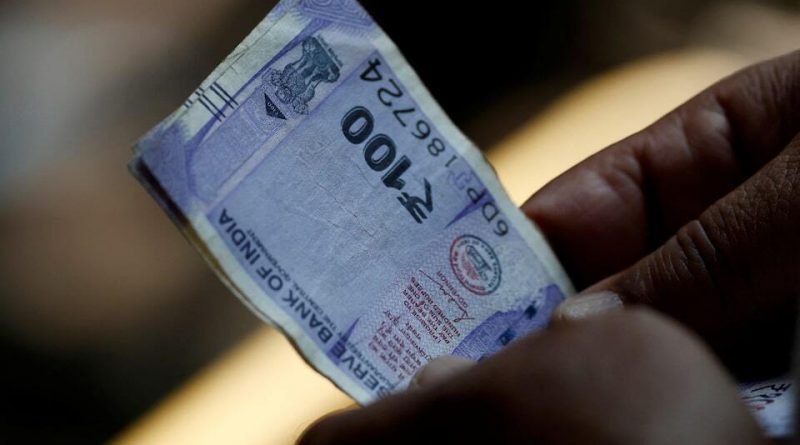Rupee Pulls Back with Forward Premiums as Fed Rate-Cut Bets Cool
Mumbai – The Indian rupee drifted lower on Thursday, weighed down by a renewed pullback in expectations for a U.S. Federal Reserve rate cut, while forward premiums also softened as traders reassessed the global interest-rate outlook.
The currency traded at 88.72 against the U.S. dollar, slipping modestly in early deals and moving closer to its record low of 88.80.
This retreat follows a brief rebound in the previous session, when the rupee touched a two-week high near 88.40 before reversing course.
The shift in sentiment came after minutes from the Fed’s recent policy meeting revealed a more cautious stance among U.S. policymakers.
The discussions indicated a divide over whether slowing labour market indicators should outweigh persistent inflation pressures, prompting markets to scale back their expectations of an imminent rate cut.
The outlook dimmed further when the U.S. Bureau of Labor Statistics announced it would delay the release of the widely watched October employment report.
The missing data added uncertainty to an already fragile market environment, where traders rely heavily on jobs numbers to gauge the Fed’s next steps.
Analysts noted that the delayed report has limited influence, as September employment data is scheduled for release later in the day, though it is considered outdated for policy decisions.
With the next combined October–November payrolls figures expected only after the December Fed meeting, investors anticipate little new information that could alter the central bank’s stance.
Asian currencies also traded weaker, reflecting a broader risk-off mood across global markets. Regional units slipped between 0.1% and 0.3% as the U.S. dollar index climbed above the 100 mark, fuelled by rising Treasury yields and safe-haven demand.
Dollar-rupee forward premiums mirrored the currency’s softness, easing slightly as traders priced in fewer rate cuts from the Fed.
The one-year implied yield edged down to 2.17%, signalling continued caution in the derivatives market.
Despite the challenging external backdrop, the rupee’s decline is expected to remain controlled in the near term. Market participants believe the Reserve Bank of India will continue to provide stability and curb excessive weakness, particularly near the 88.80-level, which the central bank has consistently defended for nearly two months.
Traders say the RBI’s steady presence in the spot and forward markets has helped prevent deeper volatility.
This intervention has been a key anchor during periods of heightened uncertainty, especially when global factors exert pressure on emerging market currencies.
Still, the rupee faces persistent headwinds, with U.S. rate expectations being a major driver of short-term moves. Any signs of stronger U.S. economic data could push Treasury yields higher, strengthening the dollar further and keeping the rupee on the defensive.
On the domestic front, investors remain focused on capital flows, energy prices, and the RBI’s guidance. Steady foreign portfolio inflows into debt and equities have offered some support, though fluctuating oil prices remain a risk point given India’s high import dependency.
Market analysts expect the rupee to trade within a tight range in the coming sessions. While the broader trend remains weak, the currency is unlikely to break sharply unless the global rate environment shifts more aggressively.
Forward markets may also stay muted as traders await clearer signals from U.S. data releases. If inflation remains sticky and job numbers firm, the Fed could delay easing longer than previously anticipated, keeping emerging market currencies under pressure.
For now, the rupee’s trajectory will be shaped by a mix of global rate dynamics, risk sentiment, and the RBI’s intervention strategy.
With uncertainty clouding the outlook, traders are preparing for cautious, range-bound movement in the near term.


